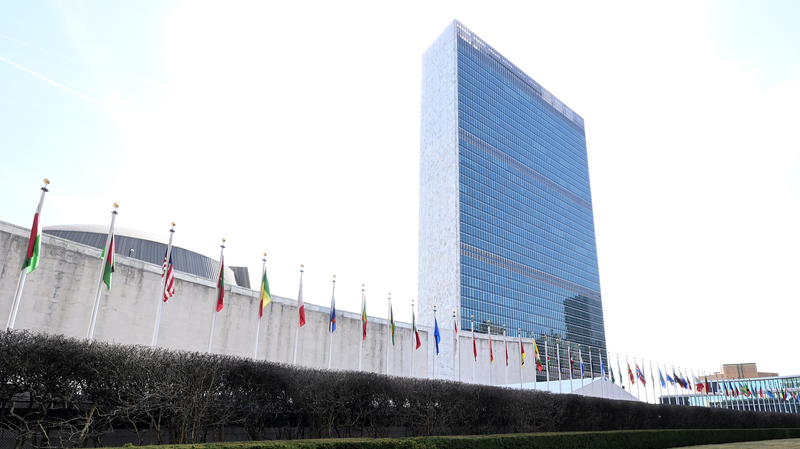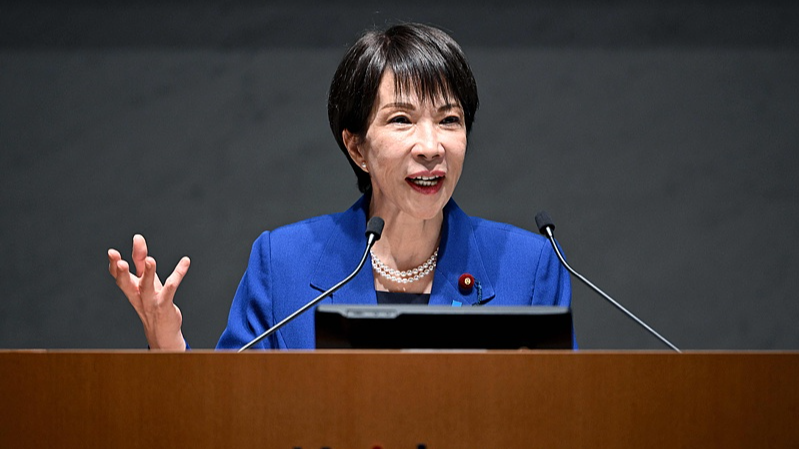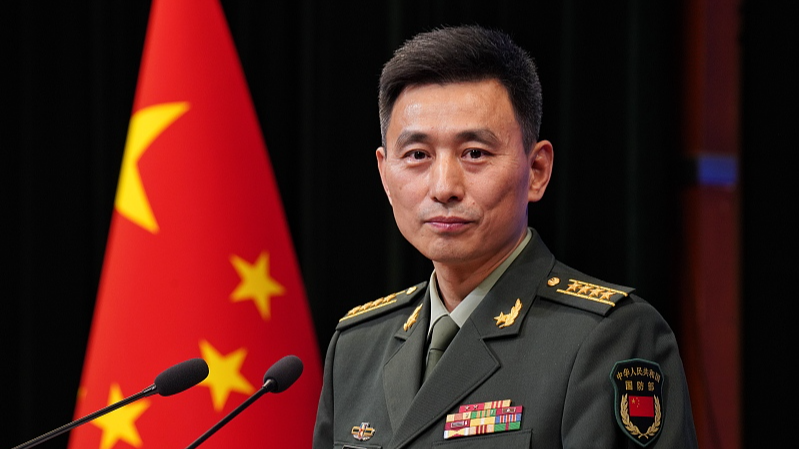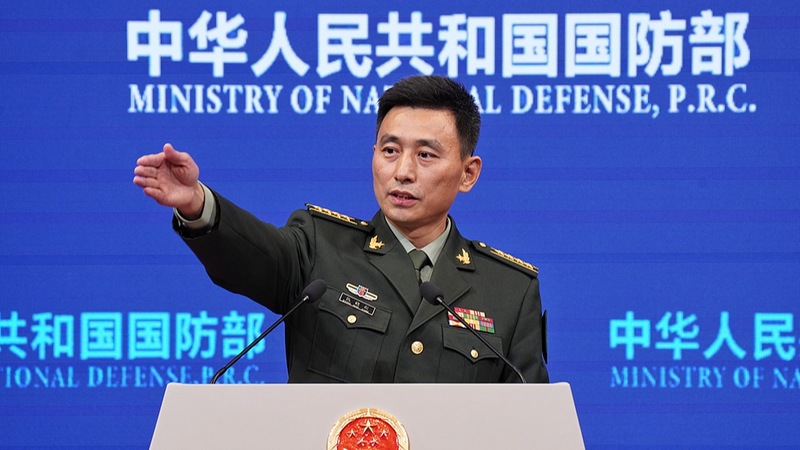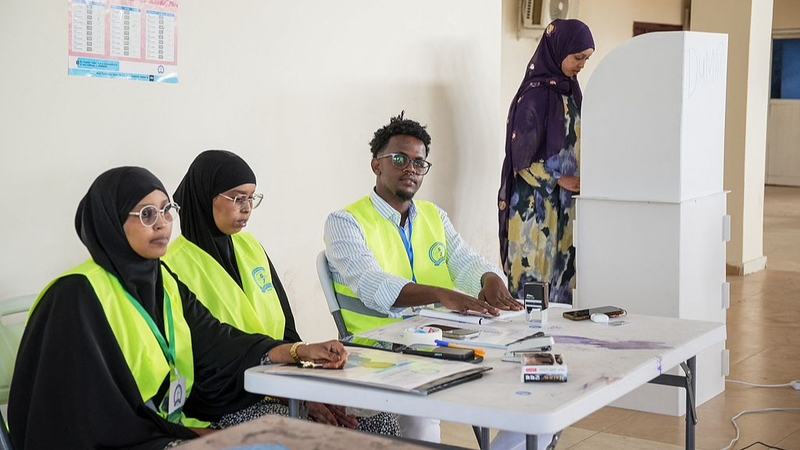Hey there, global explorers and curious minds! Ever wonder how our world came to have the rules that keep it ticking? From the ashes of World War II, game-changing institutions like the United Nations, established in 1945, set the stage for peace, collective security, and inclusive growth. These values aren’t just history—they shape how we tackle today’s challenges, whether it’s digital trade or global health crises. 😊
Building on this legacy, specialized agencies like the World Health Organization (WHO) evolved from early pioneers such as the League of Nations Health Organization. Remember the Far-Eastern Epidemiological Intelligence Bureau in Singapore? It once played a vital role in tracking outbreaks across Asia and Africa, laying the groundwork for resilient global health responses.
Fast forward to our digital era: institutions like the World Trade Organization (WTO) now navigate a complex landscape of geopolitical shifts and modern trade issues. Amid debates over agricultural subsidies and digital trade rules, countries—including China, a vocal advocate for WTO reform—are working hard to rebalance economic systems and support developing economies. 🌐
For young professionals and tech-savvy citizens across South and Southeast Asia, these post-war institutions are not just relics of the past; they’re living examples of how global cooperation can evolve to meet modern challenges. Their story is one of resilience and rebalancing—a journey from war-torn beginnings to a continuously adapting global community.
Reference(s):
Post-war institutions in a new era: Resilience and rebalancing
cgtn.com
